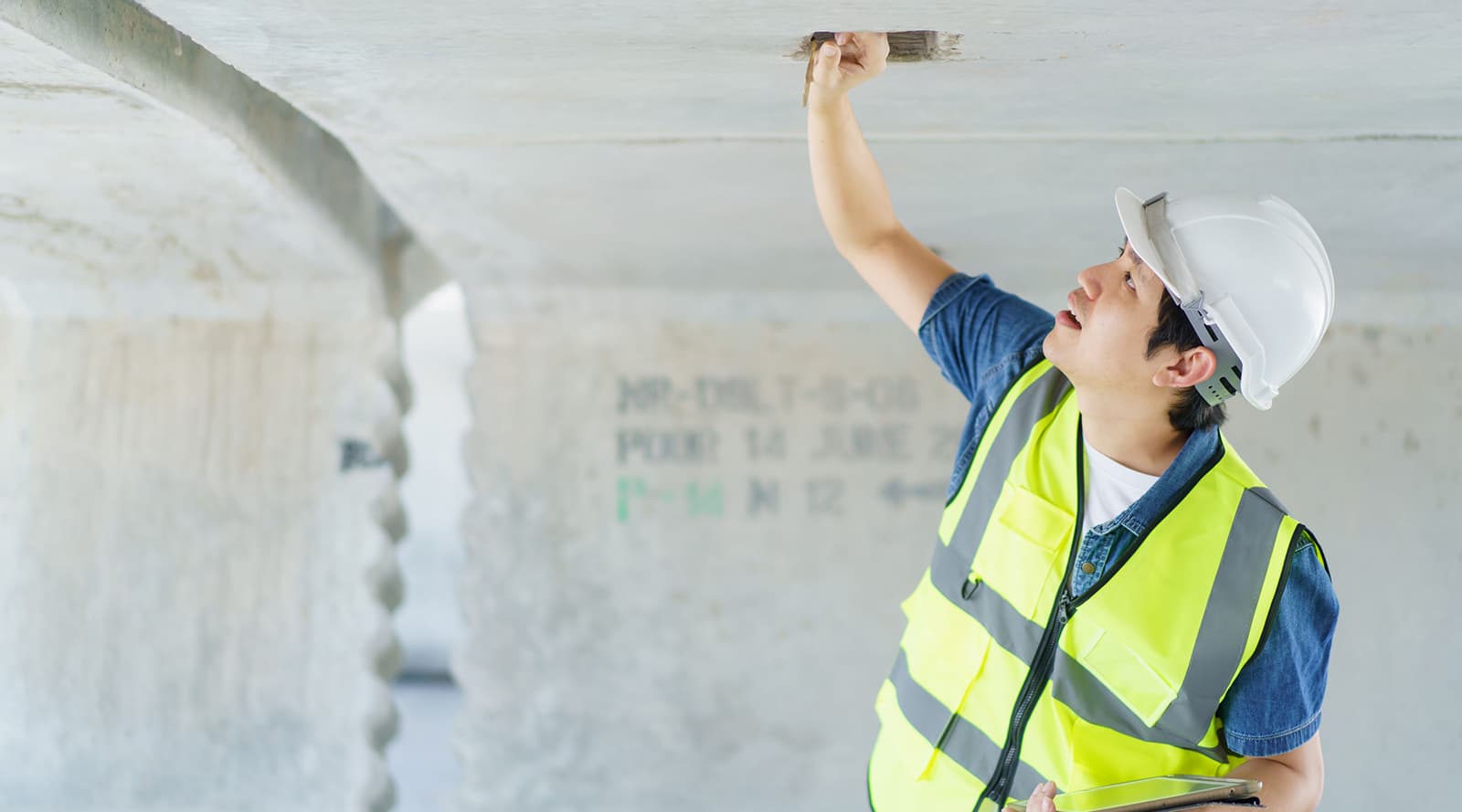
Having a concrete slab examined before disturbing it is considered a best practice in the construction industry. You never know what could be embedded in a concrete slab, and avoiding hazards should be a priority. Without an examination using non-destructive tools like ground penetrating radar (GPR), you could damage supporting elements like rebar or post-tensioned cables, or hit embedded utility lines, causing expensive damage.
Most concrete scanning services in Los Angeles use GPR as their technology of choice when examining concrete slabs for embedded hazards. This is because GPR has a lot going for it! However, it is not perfect. In this article, we will go over the pros and cons of using GPR in concrete scanning, so you can decide for yourself if using it is the best choice for your upcoming project.
We’ll start with the “pros.”
Ground Penetrating Radar Is Safe
GPR doesn’t emit any harmful radiation during its use. Instead, it uses radio waves to scan the concrete. No special protective equipment is needed by technicians and the area does not need to be evacuated. This is in contrast to X-ray, another technology used by some concrete scanning services in Los Angeles, which requires extensive safety protocols.
GPR Is Highly Accurate for Concrete Scans
Unlike metal detectors, GPR can locate both metallic and nonmetallic items within the concrete—especially items locate at relatively shallow depths. And while a GPR scan doesn’t produce a clear picture of what is located beneath the surface, an experienced GPR technician can typically deduce, with a high level of accuracy, what types of hazards they are dealing with.
Immediate Results
When a GPR scan is conducted, the results are revealed in real time. The technician can then mark directly on the concrete to indicate where any hazards are located. The person disturbing the concrete can then avoid those areas.
With other technologies, a technician may have to process the results off site, causing the client to have to wait to be able to move forward with their project.
Affordable
When compared to other types of scanning, concrete scanning services in Los Angeles that use GPR are relatively affordable. This is largely because the scan can usually be completed fairly quickly, without having to take extensive safety precautions.
Now let’s talk about the downsides of concrete scanning using GPR:
Results Are Dependent on the Skills of the Technician
Because GPR scans of concrete slabs need are subject to interpretation, the accuracy of the results is highly dependent on the skill and experience of the technician doing the scanning. Therefore, it matters who you hire, requiring you to do a bit of research, rather than just hiring the most affordable concrete scanning service in Los Angeles.
Not Entirely Effective in Certain Circumstances
While GPR is great, it is not the best technology in all circumstances. For example, if the concrete is still wet, it can affect the results. In addition, GPR cannot “see through” metallic hazards, so if you are dealing with a highly congested slab that may have embedded items on top of each other, it can be difficult to identify everything that is there. Finally, GPR equipment has depth limits, so especially thick concrete slabs may require a different hazard locating method.











